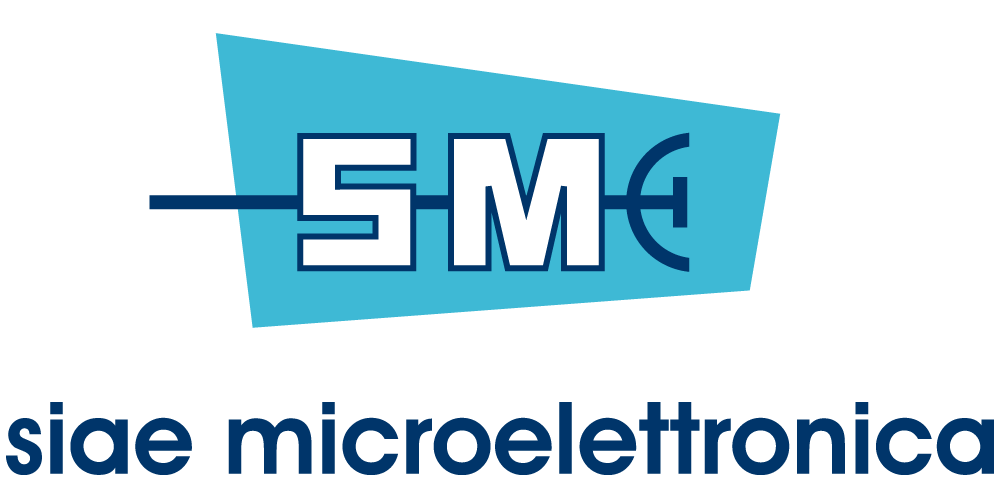-
StatusCompleted
-
Status date2021-01-11
-
Activity Code7A.041
Aim of the project STEDI (‘Small user TErminal Diplexers’) is the development, manufacturing, test and comparison of different technology concepts for user terminal Ku-/Ka-band dplxs using novel technologies, aiming at large-scale fabrication of RF compact filters compatible with planar and monolithic circuits.
Particular importance is devoted to three technologies: micromachining (MM), LTCC (Low Temperature Co-fired Ceramic) and SIW (Substrate Integrated Waveguide) on planar substrates (either in PCB or alumina technology), which have recently demonstrated their potentialities in terms of moderate and high unloaded Q-factor (Q), compactness and cost-effective solutions up to frequencies 30÷50 GHz.
The consortium is composed by RF Microtech (Italy), the prime contractor, and SIAE Microelettronica (Italy), as partner.
Main challenge of the project is to find out filter concepts able to provide minimization of volume and mass while keeping unchanged insertion loss and bandwidth performances of Ku/Ka band diplexers with respect to standard waveguide. Also compatibility with planar circuitries is an essential objective of the project and high-isolations is a challenge of the new diplexers to be developed.
The main benefit of the new products will be the significant mass and volume reduction with respect to standard technology and compatibility with planar and monolithic circuitries. Moreover, the cost in productions can be significantly reduced for high-volume production.
Studies on the filter topologies, resonator Q factor and resonant modes were carried for all the three selected technologies: LTCC and micromachined diplexer were designed as wideband bandpass filters while a LPF+HPF combination was developed for the diplexer on alumina. A detailed development of the concepts was done in order to meet the strict requirements of compactness, low loss, high channel isolation and compatibility with planar monolithic circuits. A prototyping run was carried out to manufacture the final designed samples in all three technologies and the related test boards to validate the design. Comparison between simulated and measured RF results were done. The required environmental tests were performed on some samples in order to validate the robustness of the devices to thermal and mechanical stresses.
Multi-band user terminal capability is a requirement that is typical of global mobile access (e.g. maritime, aeronautical) or fixed services where High-Throughput Satellites (HTS) Internet access is combined with Direct-To-Home (DTH) reception. These applications require combined operation at Ku- and Ka-band frequencies. In such systems, the DPLX is a key component and together with the electrical performance has to be cheap, light and compact. Filters operating across Ku-/Ka- band are currently designed in waveguide technology where the best quality factor is achieved at the cost of larger size, mass and non-easy compatibility with monolithic and planar circuits. New diplexers developed in the framework of the STEDI project can be compact, cheaper and compatible with monolithic and planar circuitries.
The entire work of the project is organized and divided into six technical WPs, WP10 to WP60 and a work-package WP00 specifically dedicated to management of the project. Each of the main technical WP is concerned with a main task of the project according to the ITT and each of them is divided into sub-WPs (18 in total), described here below. TRL objective of STEDI dplxs is 5.
FR of the project took place on 14th December 2020. Project has been successfully finalized.
A contract extension has been asked to have the chance to improve the RF behaviour of the LTCC device and carry out an additional fabrication run. In this way a complete e fair comparison among all three technologies could be performed. LTCC technology is considered at the moment the most immature among the considered technologies.
Anyway, the results of STEDI project can be considered an excellent starting point for the development of compact, low loss and planar-compatible diplexers. The efforts expressed by the Consortium led to very good outcomes for all the studied technologies.



